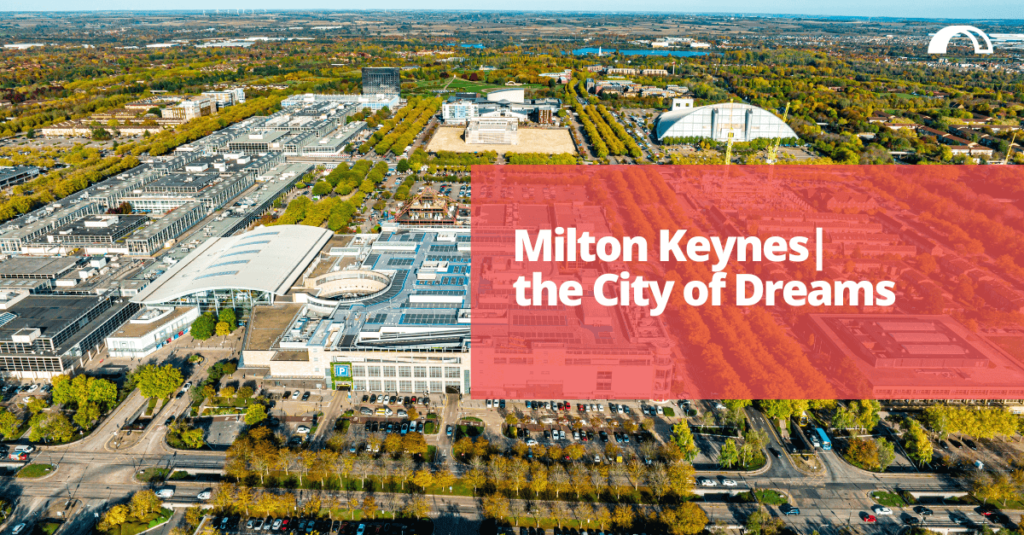In a survey conducted by the CIPD in 2021, heavy workloads, relationships and family as well as management style were frequent causes of workplace stress. This has led to a rise in companies deploying employee assistance programmes (EAPs). Despite 88% of UK companies adopting an EAP1, the usage rate still remains low. Companies are not getting bang for their buck. We share advice on how organisations can implement an EAP to maximise ROI.
We are officially a stressed nation
In 2020, a staggering 79% of British workers commonly experienced work-related stress. During 2020/21, the number of British workers reporting work-related stress, depression or anxiety was approximately 822k compared with 828k in the previous year where it peaked2.
What is an EAP?
According to the society of human resource management, an EAP is:
“A work-based intervention program designed to assist employees in resolving personal problems that may be adversely affecting the employee’s performance.”
The concept sounds great in theory, but the uptake rate is still low. According to The Employee Assistance Professionals Association (EAPA), EAP usage reached 12% in 2022, this was a slight increase from 2021 when it was 11.4%. Incidentally, on the programme itself, only 2% of workers are invited to take part in counselling, whether they pursue it is another issue. During 2020/21, the EAPA calculated that ROI from EAPs has increased to £8.00 for every £1.00 invested3.
What are the benefits of EAPs?
Clive Michelsen, Chairman at My-E-Health said:
“EAPs will support your organisation in maintaining good psychosocial and wellbeing, which reduces stress and absenteeism.
“Physically and mentally, healthy people engage in life and work. Our belief is that prevention is better than a cure.”
Clive continues to highlight further benefits of EAPs to employers:
- Productivity is increased – healthy employees are more likely to be engaged with their work, and engaged employees tend to be more productive.
- Absenteeism is reduced – The Gallup study found that highly engaged business units witnessed a 41% reduction in absenteeism.
- Boosts retention – talent acquisition is becoming a challenge for businesses across all industries, and recruitment costs are high, so employee retention needs to be a priority. Engaged employees are happier with their jobs and companies, resulting in higher retention.
- Employers save time and money – EAPs are designed to look after an employee’s physical and mental health. This should result in reducing workplace injuries and illnesses, ultimately cutting down on claims and disputes.
EAP usage is ubiquitous
EAP adoption has also been spurred by the ever-growing NHS waiting list for mental health support. Two years is a long time for people suffering from anxiety or depression to wait to receive help from the NHS. The cost-of-living crisis has led to a spike in callers asking for advice on finance, debt, and insolvency4.
How to choose the right EAP for your company
The EAP market is saturated with many providers. Choosing the right scheme for your organisation is becoming increasingly complex. Clive Michelsen from My-E-Health shares his advice on things to consider when choosing the right programme for your company:
- What are your goals? – Determine what you want from the scheme, are you trying to address absenteeism, retention, reduce employee stress or burnout?
- Set a budget – costs vary considerably. Look for EAPs with a tiered pricing subscription, these give you the flexibility to scale up if you require additional services to your package.
- Avoid the one-size-fits all programmes – It’s important to implement a programme that is right for your company and your employees. Instead of a one-size fits all system, choose one that can be tailored to your needs. The system should be easy to use, always consider scalability and one that can easily be measured.
- Employee wellbeing should be continuously monitored – psychometric assessments should be looking to evaluate; employee engagement, risk for stress, burnout, anxiety and depression. Assessments need to be done regularly, not just once a year. Any employees who are flagged up as unengaged needs to be coached back to their full potential with trained human coaches. This is the reason why we say prevention is better than cure.
- Consistent communication is key – all too often, companies tell employees about the EAP at the initial launch and there is no or little follow up thereafter. It’s important to regularly remind people about it. After all, the more it’s used, the better ROI for your company.
- Harness data to track progress – Refer to your goals and review whether the programme is working for you. Is utilisation rate good? Has productivity increased? What’s the feedback from employees? Your EAP isn’t set in stone, if it’s not working, review and refine it as required.
Over recent years, EAPs have evolved to meet the needs of today’s employees. For employers to reap the benefits of an EAP, the system needs to be flexible, accessible and be utilised. Is it time for you to review whether your current EAP meets your needs?
References:
1 https://www.spill.chat/mental-health-statistics/eap-statistics
2 Health and Safety Executive Labour Force Survey, Statistica report 2022
3 https://www.eapa.org.uk/category/roi/
4 https://www.personneltoday.com/hr/employee-assistance-programme-usage-2023/






